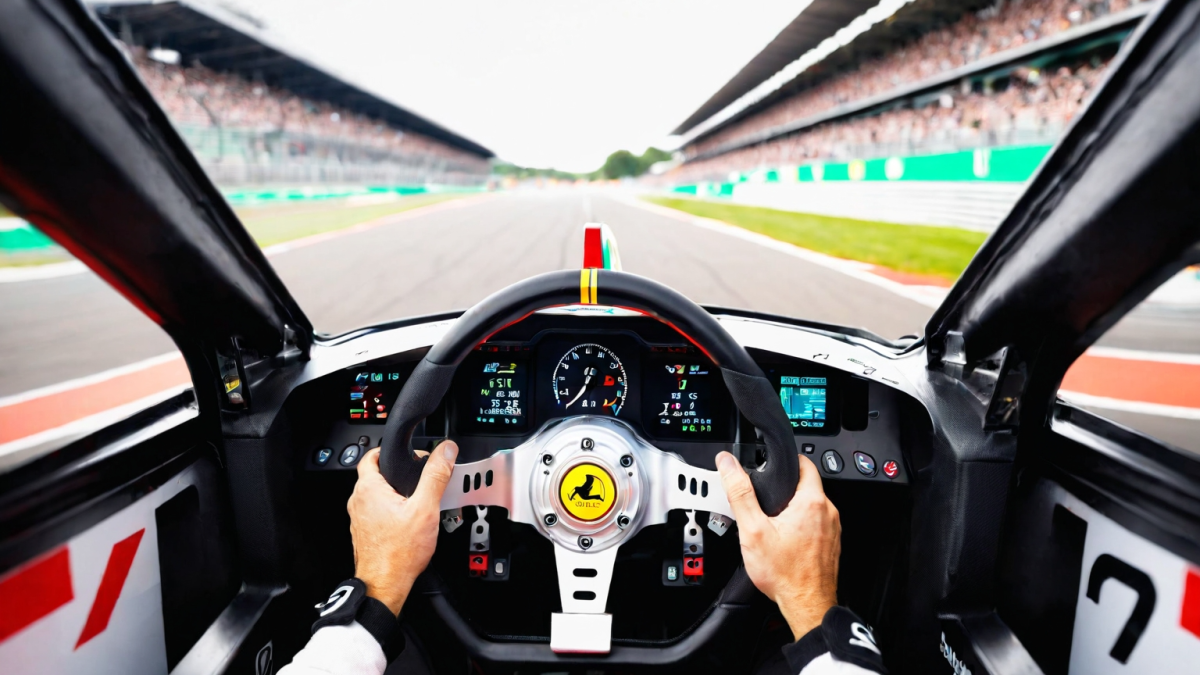
High-Performance Mindset: Lessons from Speed for Living with Purpose
March 3, 2025The Redline Effect: How to Push Your Limits Without Blowing the Engine
March 7, 2025There are times when I feel utterly disconnected—from my work, from beauty, from meaning itself. Lately, I’ve found myself in one of those states, unable to fully engage with either the active immersion of flow or the transcendent stillness of aesthetic arrest. Both are essential to how I think, write, and live, yet both have felt elusive. Pain, exhaustion, and the weight of the world’s cruelty have dulled my ability to access either. And yet, I know that rekindling them is necessary if I am to remain aligned with the path I have been exploring.
Flow: The Deep Immersion in Creation
Mihaly Csikszentmihalyi’s concept of flow describes a state where action and awareness merge—where the mind becomes completely absorbed in an activity, whether it’s writing, painting, or even problem-solving. Time dissolves, the ego fades, and we become one with the process. I’ve known this state well, especially in the act of writing, where the boundaries between thought and expression vanish.
But flow isn’t something that simply appears on command. It requires engagement, the willingness to meet a challenge, to step into something slightly beyond comfort but not so overwhelming that it becomes paralyzing. Right now, I find myself teetering at that edge—craving flow, but lacking the energy to fully step into it.
Aesthetic Arrest: The Stillness of Beauty
James Joyce’s concept of aesthetic arrest is, in some ways, the opposite of flow, yet it serves a similar purpose. It is the moment when a work of art, a scene, a fragment of existence arrests us completely, pulling us out of the ordinary into a space of deep contemplation. Unlike flow, which is about active participation, aesthetic arrest is about being struck by beauty and held captive by it.
For much of my life, I have experienced these moments—reading Blake, watching a masterfully framed shot in a film, even standing in stillness before a landscape. But lately, these moments have felt distant. When the mind is exhausted or overwhelmed, it can be difficult to slow down enough to truly perceive.
The Bridge Between Flow and Aesthetic Arrest
Despite their differences, flow and aesthetic arrest share common ground. Both suspend our ordinary sense of time. Both allow us to transcend the mundane self. Both, in their own ways, bring us closer to alignment—to being fully present in either creation or contemplation.
In my previous posts, I have explored alignment as a balance between the mystical and the rational, the poetic and the scientific. But perhaps part of alignment is also this delicate movement between flow and stillness—between the state of producing and the state of witnessing. When I lose touch with both, I lose touch with that deeper sense of meaning.
Rekindling Both States
So how do I return? How do I reconnect with these essential states of being?
- Flow requires engagement. Even if I don’t feel the full energy for deep work, I can set small, manageable goals—writing for just 15 minutes, allowing the momentum to build naturally rather than forcing it.
- Aesthetic arrest requires stillness. I can consciously choose to seek one moment of beauty per day—to read a single poem with full presence, to watch a film scene without distraction, to step outside and truly see.
- Both require patience. They are not forces to be commanded, but conditions that can be cultivated. And perhaps, in recognizing their absence, I have already taken the first step toward rekindling them.
A Final Thought: The Open Boat
One of my favorite literary moments comes from Stephen Crane’s The Open Boat:
“If I am going to be drowned, if I am going to be drowned, why in the name of the seven God-made seas was I allowed to contemplate sand and trees?”
This line has always haunted me. In the face of suffering, of absurdity, of cosmic indifference, why do we still have the capacity for wonder? Why do we still see the beauty in the sand and the trees? Perhaps because, even when all seems lost, even when we feel adrift, these moments of flow and aesthetic arrest remain our tether to meaning.
And so, I will seek them again.
